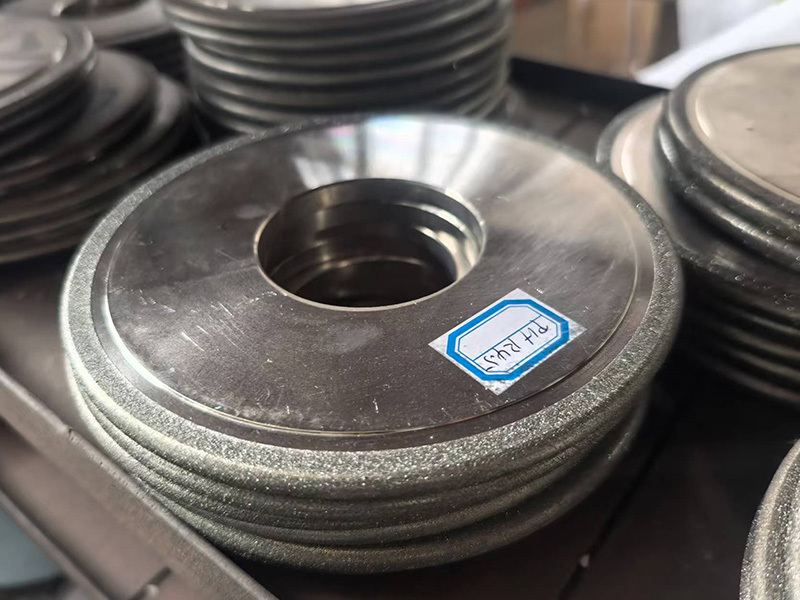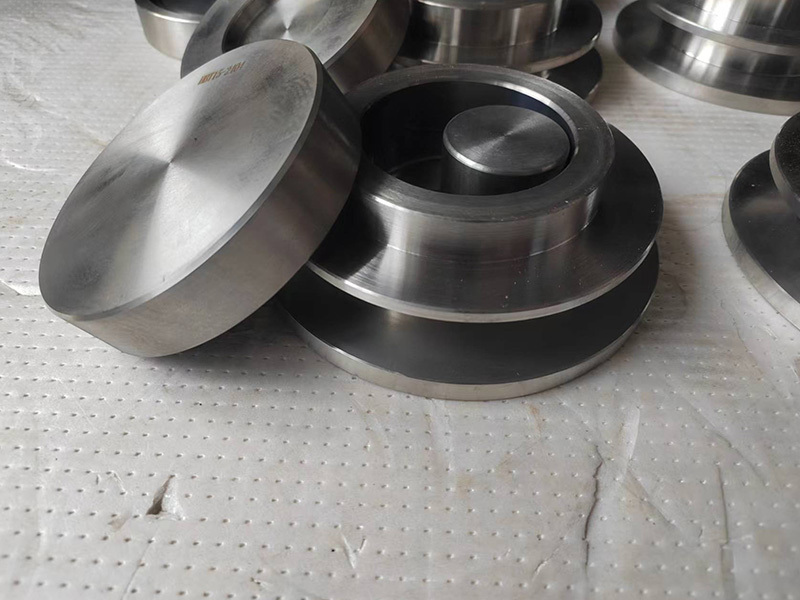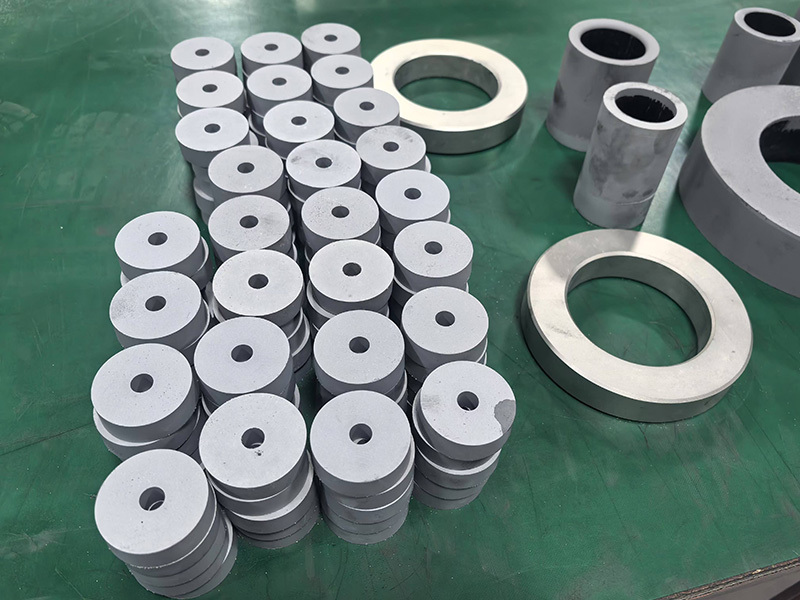Unlocking the Secrets of Drawing Dies: A Comprehensive Product Overview
Understanding Drawing Dies: The Basics
Hey there, fellow manufacturing enthusiasts! Let’s dive deep into the intriguing world of Drawing Dies, or as we like to call them in English, drawing dies. These nifty little tools have a massive impact on how various materials are shaped and formed in the manufacturing industry. Whether you’re a curious newbie or a seasoned professional, there’s always something new to learn about drawing dies!
What Exactly are Drawing Dies?
So, what’s the deal with drawing dies? In simple terms, they’re specialized tools used in the process of drawing, where materials like metals or plastics are stretched or pulled through a die to create a desired shape or size. Think of it as a cookie cutter for industrial materials! The process not only enhances the material's properties but also ensures uniformity and precision in production.
Types of Drawing Dies
Now, let’s get into the nitty-gritty. Drawing dies come in various shapes and sizes, each tailored for specific applications. Here are a few common types:
- Open Drawing Dies: These are the most basic types, used primarily for simple shapes.
- Closed Drawing Dies: Ideal for more complex shapes, these dies provide better control over the material.
- Multi-Stage Drawing Dies: Perfect for production lines, these allow for multiple shaping processes in one go. Talk about efficiency!
The Manufacturing Process
Alright, folks, here’s where the magic happens! The manufacturing process of drawing dies involves several key steps:
- Designing: Engineers create precise specifications for the die based on the desired outcome.
- Material Selection: The right material for the die is crucial. High-speed steel and carbide are common choices due to their durability.
- Machining: This involves cutting and shaping the die into its final form using CNC machines or other advanced tools.
- Testing: Before mass production, a prototype is often tested to ensure it meets quality standards.
Applications of Drawing Dies
Let’s not beat around the bush—drawing dies are everywhere! From the automotive industry to electronics and even aerospace, these tools play a pivotal role in the manufacturing landscape. They’re used to create everything from wires and cables to intricate components in machinery.
Benefits of Using Drawing Dies
So, why should manufacturers consider utilizing drawing dies? Here are some benefits that might just make you rethink your production methods:
- Precision: Drawing dies ensure high accuracy and consistency in the dimensions of the final product.
- Material Efficiency: By minimizing waste, they help in reducing overall production costs.
- Enhanced Material Properties: The drawing process can improve the strength and durability of materials.
The Future of Drawing Dies
As we look ahead, it’s clear that the future of Drawing Dies is bright! With advancements in technology, such as 3D printing and automation, the design and production of drawing dies are becoming more efficient. Manufacturers are continually exploring innovative materials and techniques to enhance their performance.
In Conclusion
There you have it, folks! Drawing Dies, or drawing dies, are undeniably a cornerstone of modern manufacturing. Their ability to shape materials with precision and efficiency makes them invaluable across various industries. So next time you come across a finely crafted metal part or a perfectly formed plastic component, remember the silent heroes behind the scenes—the drawing dies!
Tags:
Related news










